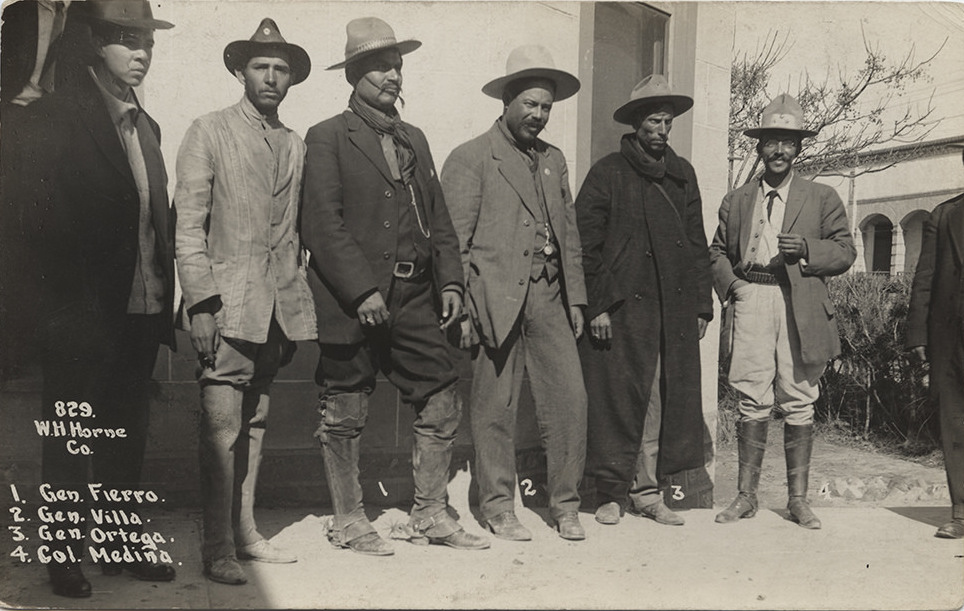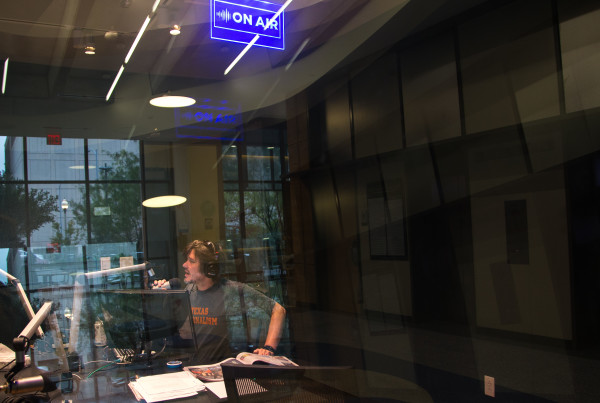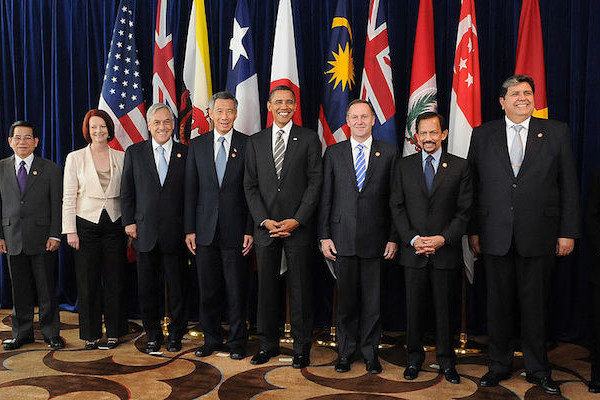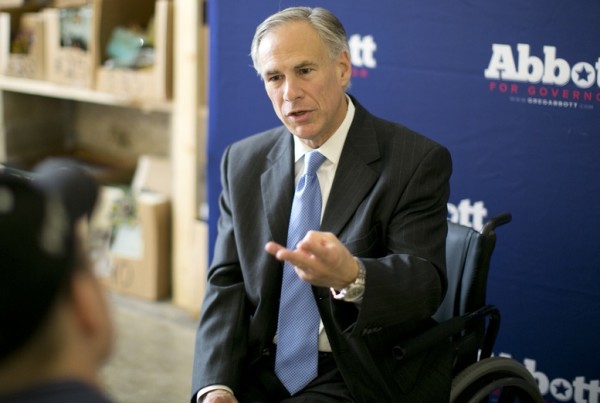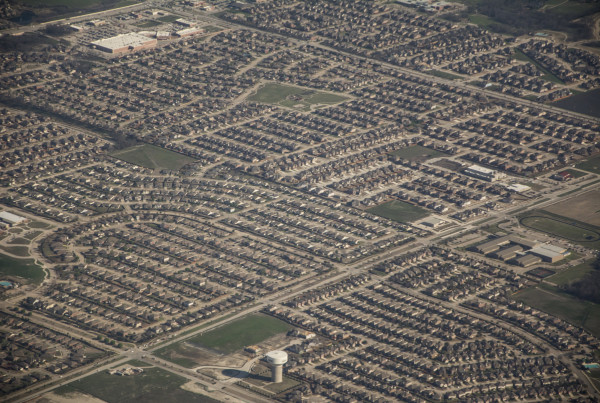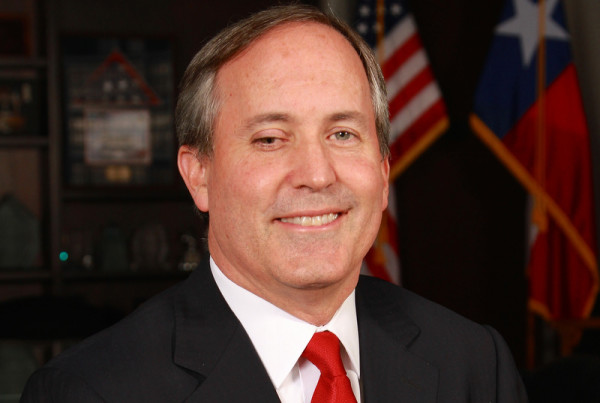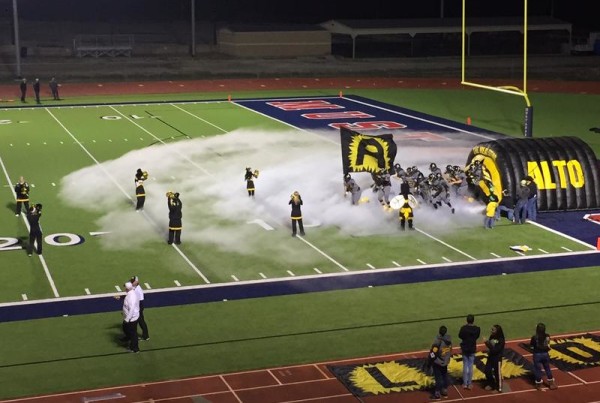Big time Hollywood actors like Marlon Brando, Jane Fonda and Antonio Banderas, have immortalized some of the stories of the Mexican Revolution.
As the story’s been told for generations, the Mexican people were impoverished by the extravagant lifestyle of president Porfirio Diaz (no relation to yours truly) whose dream was to pave Mexico City in marble. Out of that circumstance, came a need for a “Robin Hood.”
Matthew Butler, Historian and Mexico expert with the University of Texas at Austin, says it was in that environment that Emiliano Zapata and Pancho Villa became heroes. “The Mexican Revolution had a political aspect but also a social aspect, which those two figures embodied more than anybody else,” Butler says.
This is the part of the story where Texas first played a role.
It was 1910 and for the first time someone had challenged the Diaz presidency. Francisco I. Madero ran for president and lost. He enraged Diaz so much that he knew his life was in danger.
Madero fled to San Antonio. There, he wrote a letter, historians say, that lit the fire that started the revolution.
Margarita Araiza is a historian in Webb County. She says, when the fight began many rich Mexican families took refuge in Texas – so many, in fact, that the social fiber of cities like Laredo were forever changed.
“This was always predominantly Hispanic and it still is,” Araiza says. “Economically as well as politically; so, the power basis were always in the Hispanic families.”
Their influence was such that they had chapters of Mexican political parties in cities all the way up to Central Texas.
Butler says even American journalists followed the troops of Villa and Zapata and wrote about the battles. One such journalist was John Reed. He wrote a book called Insurgent Mexico – which turned a spotlight on Pancho Villa.
“[The book] presented him, not just as a popular hero, but as a figure with whom the U.S. could achieve an understanding,” Butler says.
In Washington, some hoped Villa might become president.
American perceptions of Villa were very different from that of Mexicans. In Mexico, Villa was seen as a womanizer with trigger-happy fingers. In the 1972 film “Pancho Villa” actor Telly Savalas played the role of the controversial revolutionary who tried to gain the respect of U.S. politicians by filming his battles and embedding journalists in them. It was media savvy strategy critics might say the U.S. itself learned from.
The Mexican Revolution, like most revolutions, was a bloodbath that displaced millions of people – some of whom found refuge in Texas. A million people lost their lives in the conflict. Did it make things better? It depends who you ask. It certainly forged a friendship between Mexico and Texas that endures, and in a sense, continues today. The Lone Star state is a refuge for many as Mexico faces another violent episode in its history.


